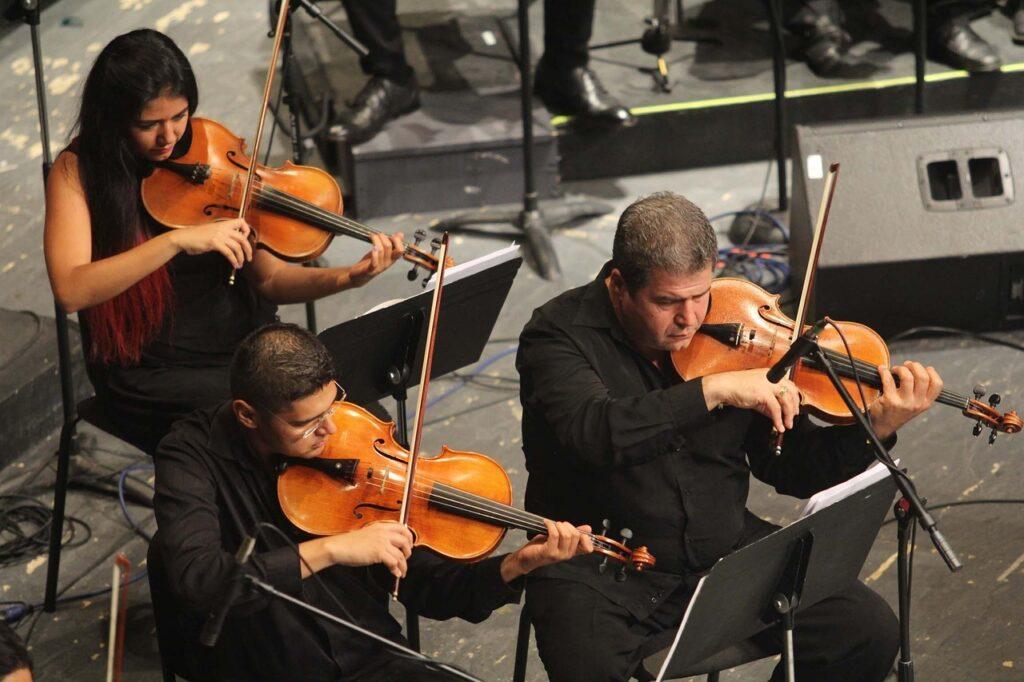What is the secret relationship of timbre and harmony? It’s that harmony and timbre (or tone color) are two sides of the same coin:
- First: Timbre helps you recognize an instrument.
- The overall spectral balance of the harmonics is a major factor in helping you to distinguish a guitar from a flute from a soprano voice.
- Second: The tone color helps you tune up your chords.
- In the chart below, you can see the harmonic overtones of the C major chord.
- The color coded notes show the lowest common partial between the chord tones, which is the most important overtone relationship your ear uses to tune harmonies.
- Third: Timbre is where your perception of harmony comes from.
- If the harmonic partials in different notes line up right, they fuse together so that you hear them as a single large note or tone color.
Plomp and Levelt state:
By fusion, [Stumpf] meant the tendency of two simultaneous tones to be perceived as a unity. (Tonal Consonance and Critical Bandwidth 550)
To truly understand chords, you need to understand the relationship between harmony and timbre:
- As the chords change, some harmonic overtones are reinforced while others are attenuated. This affects the perceived strength of the harmonics, which creates a shift in tone color.
- Simply put, your perception of harmony is the change in tone color as the chords lock in tune.
- As the harmonies change, the balance of the overtones change, which changes the tone color of the combined instruments.
Thus, some chords will sound better with the tone color of one instrument rather than another. Also, some chords will work better with the timbre of voice than on the piano or guitar.


